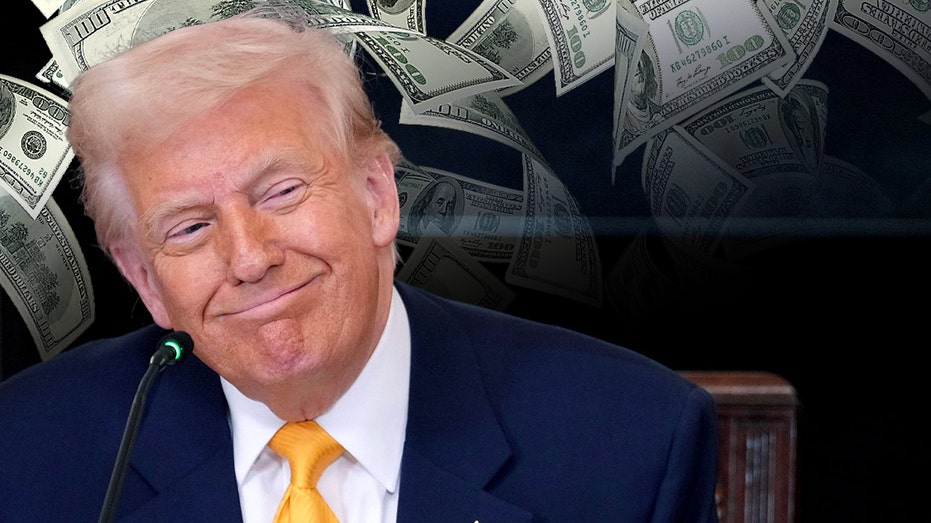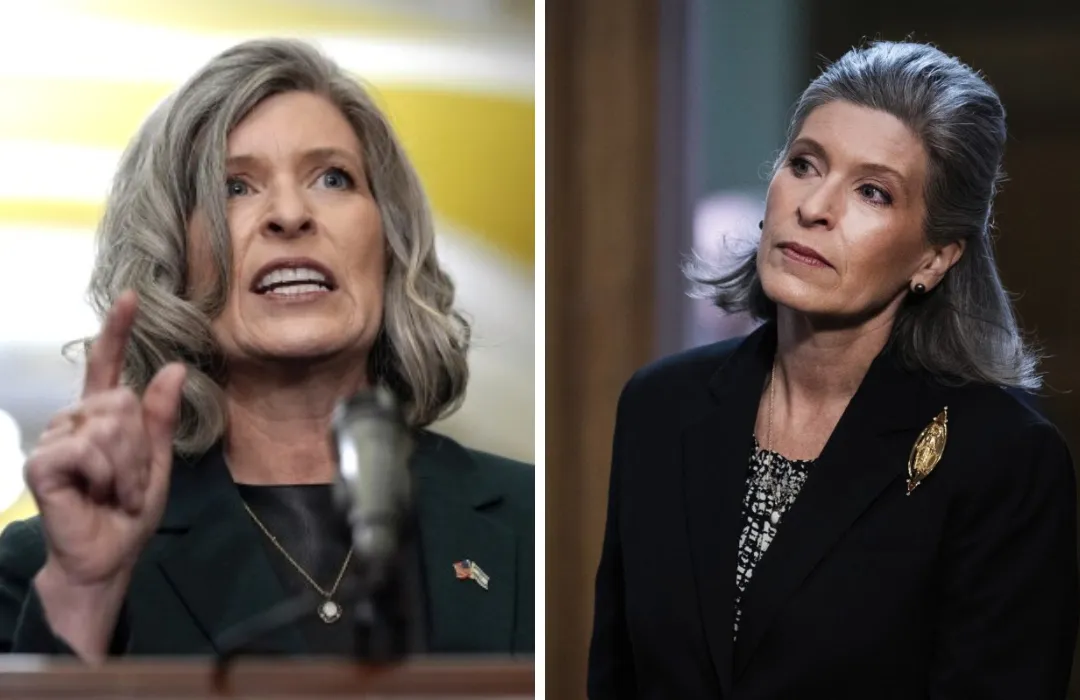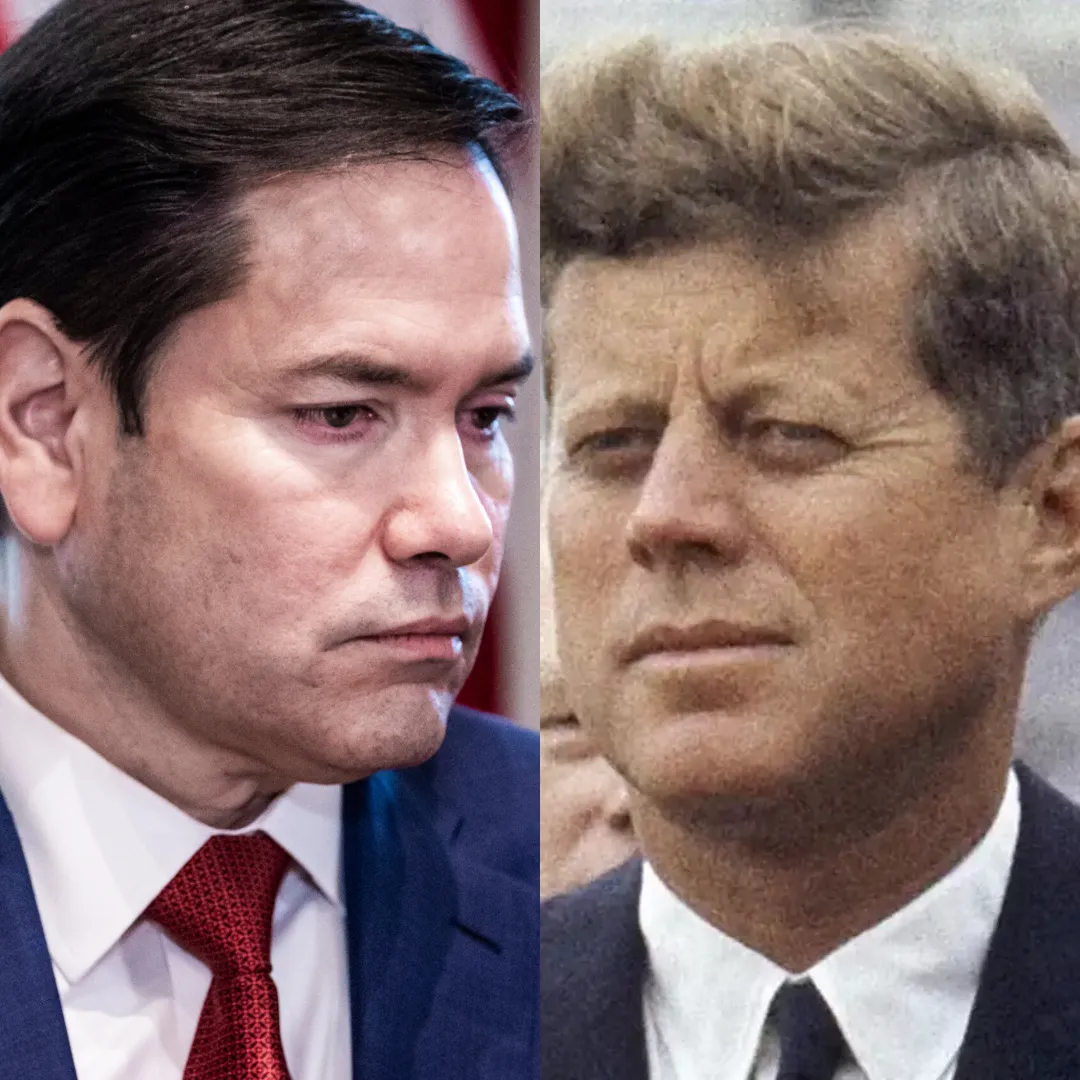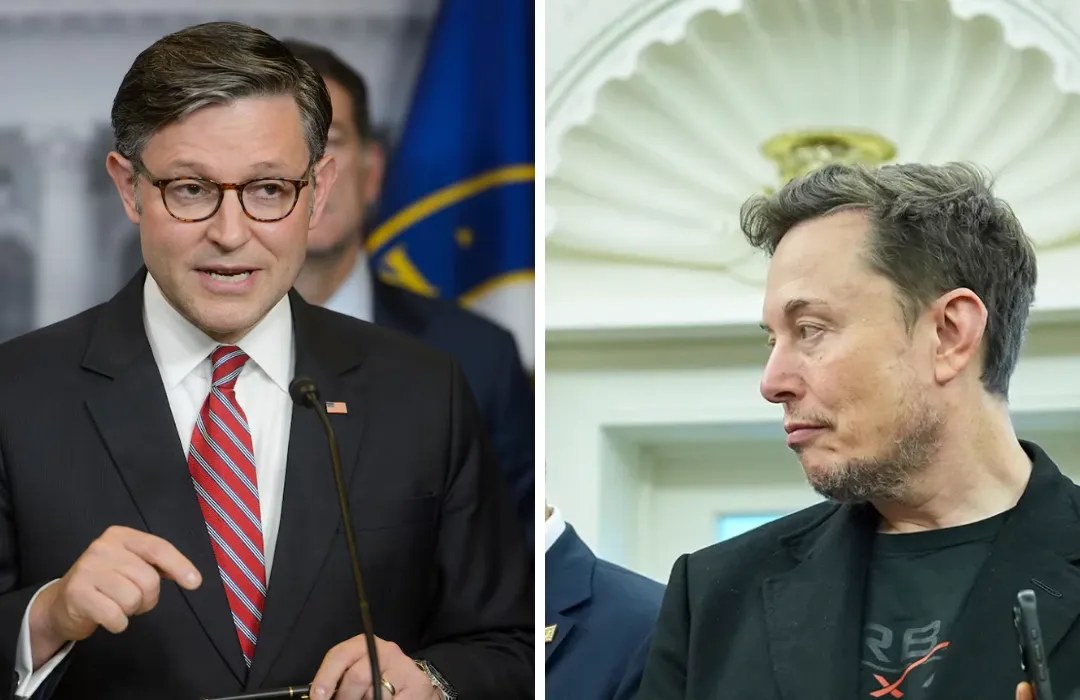
In an ambitious move that has caught the attention of both supporters and critics, President Donald Trump has announced plans for a new $200 million ballroom at the White House, set to be funded entirely through private donations.
The new addition will be a massive 90,000-square-foot ballroom designed to accommodate up to 650 seated guests, marking a significant departure from the existing infrastructure and addressing a longstanding issue with the White House’s event space.
The announcement of this grand project was made at a press briefing by White House Press Secretary Karoline Leavitt, who revealed that construction will begin in September, with the ballroom expected to be completed before the end of President Trump’s current term in office.
The decision to privately fund the ballroom project reflects Trump’s continued personal investment in both his legacy and the operational needs of the White House, a space that has often struggled to host major events in its current configuration.
The new ballroom will provide a dedicated space for state dinners, official functions, and ceremonial gatherings, which the White House has previously had to host in temporary structures outside of the main building.
According to White House Press Secretary Karoline Leavitt, the new ballroom is a response to the growing need for a formal space to host world leaders and large state functions.
“The White House is currently unable to host major functions honoring world leaders in other countries without having to install a large and unsightly tent approximately 100 yards away from the main building's entrance,” Leavitt explained.
This situation has been a point of frustration for the administration, as the temporary structures required for such events are not only unsightly but often logistically challenging, especially for high-profile international events.

The planned ballroom is designed to address this issue by providing a spacious, permanent venue capable of accommodating large groups, such as foreign dignitaries, lawmakers, and invited guests.
As Leavitt further emphasized, the ballroom is expected to be "a much-needed and exquisite addition" to the White House, bringing a level of elegance and functionality that has been lacking in the current setup.
The design of the new ballroom has been entrusted to McCrery Architects, a firm known for its work on classic and elegant government buildings.
The intention is for the ballroom to maintain the classical architectural style that characterizes the White House, ensuring that the new addition blends seamlessly with the historic character of the residence and the surrounding grounds.
The ballroom is expected to feature grandiose design elements, including soaring ceilings, expansive windows offering stunning views of the White House grounds, and luxurious finishes.
The project will be overseen by Clark Construction, a well-respected construction company known for its work on high-profile and complex projects.
AECOM, an international engineering firm, will provide technical support and engineering expertise, ensuring that the ballroom meets the security, structural, and design specifications required for such an important space.
:max_bytes(150000):strip_icc():focal(734x447:736x449)/white-house-exterior-ballroom-rendering-073125-881f5550d3e741d89eaf74f22acfa1e6.jpg)
One of the most striking features of the ballroom will be its ability to host large events with a capacity of up to 650 seated guests, making it a true centerpiece for presidential functions.
Unlike the current White House arrangement, where large functions often require the use of temporary tents set up on the grounds, the new ballroom will provide a permanent, elegant venue for the U.S. president and world leaders to meet.
While the ballroom will be a welcome addition to the White House, it will come at a significant cost to the East Wing of the White House.
The East Wing, which houses several important offices, including that of the First Lady and the White House visitors office, will need to be temporarily relocated to make way for the new ballroom.
This will be a logistical challenge, as these offices play crucial roles in managing the First Family’s schedule, organizing public events, and handling various official duties.
Leavitt confirmed that the relocation of these offices will be a temporary measure. “The offices housed in the East Wing will be temporarily relocated during the construction period,” she said, emphasizing that the project was designed to minimize disruption to the White House’s daily operations.
Although the East Wing will lose its current functionality for the duration of the project, the long-term benefits of the ballroom are expected to far outweigh any temporary inconvenience.
This move is part of a broader trend in which President Trump has continued to personally invest in the White House, both in terms of financial resources and his legacy.

Earlier in 2025, Trump personally financed the installation of two massive 88-foot American flags flanking the White House, an addition that reportedly cost around $50,000.
This is just one example of Trump’s ongoing efforts to leave a lasting mark on the White House, using private funds to finance projects that align with his personal vision for the residence.
Trump’s decision to fund the new ballroom privately has raised questions about the role of private donations in the presidential administration, with some critics questioning the ethical implications of such funding.
However, the White House has assured the public that the project will be fully transparent, and that no public funds will be used to finance the construction of the ballroom.
Despite the potential controversies, Trump’s decision to personally fund the project has been welcomed by many supporters, who see it as a commitment to improving the functionality and prestige of the White House.
The new ballroom is expected to become a symbol of Trump’s personal style and vision, while also addressing a practical need for the nation’s most important political institution.
In keeping with the White House’s rigorous security standards, the construction of the ballroom will require a number of enhancements to ensure the safety of the President, First Family, foreign dignitaries, and all visitors to the building.
The United States Secret Service will be responsible for providing the necessary security modifications during the construction period, ensuring that the White House remains a secure and protected environment for all those who enter.
:max_bytes(150000):strip_icc():focal(781x424:783x426)/white-house-construction-rendering-south-lawn-073125-18ba49f6c17f45428db5211244caadd0.jpg)
Security considerations will also be a major factor in the design of the ballroom itself. The space will need to accommodate both large numbers of guests and the security measures required for hosting world leaders and high-profile events.
Given the sensitive nature of the building and its status as the center of U.S. government, every aspect of the ballroom’s construction will need to be carefully planned and executed to meet the highest standards of security.
The announcement of the $200 million ballroom has been met with mixed reactions from the public.
Supporters of President Trump have praised the project as a necessary and worthwhile investment in the White House’s future, while critics have raised concerns about the cost and the potential use of private funds for such a high-profile project.
Some have questioned whether it is appropriate for a sitting president to finance such a lavish addition to the White House using private donations.
Critics also argue that the timing of the project, coming amid a contentious election cycle, may have political implications.
With the 2024 election looming, the ballroom’s completion will likely coincide with the final months of Trump’s presidency, making it a prominent feature of his final legacy in office.
Whether this addition will be seen as a symbol of Trump’s commitment to enhancing the U.S. government’s prestige or as an example of excessive spending remains to be seen.

As construction on the new ballroom progresses, the eyes of the nation will be closely watching the project’s development. The ballroom’s completion will undoubtedly be a significant moment in Trump’s presidency, offering a lasting reminder of his administration’s efforts to reshape and modernize the White House.
Whether the project will have a positive or negative impact on Trump’s legacy remains to be seen, but it is clear that the ballroom will serve as a focal point for official functions for years to come.
In the long term, the new ballroom will undoubtedly become a key venue for U.S. presidents to host state dinners, ceremonial events, and international summits.
As the centerpiece of presidential hospitality, it will serve as both a symbol of American power and a functional space for conducting diplomacy with world leaders.



